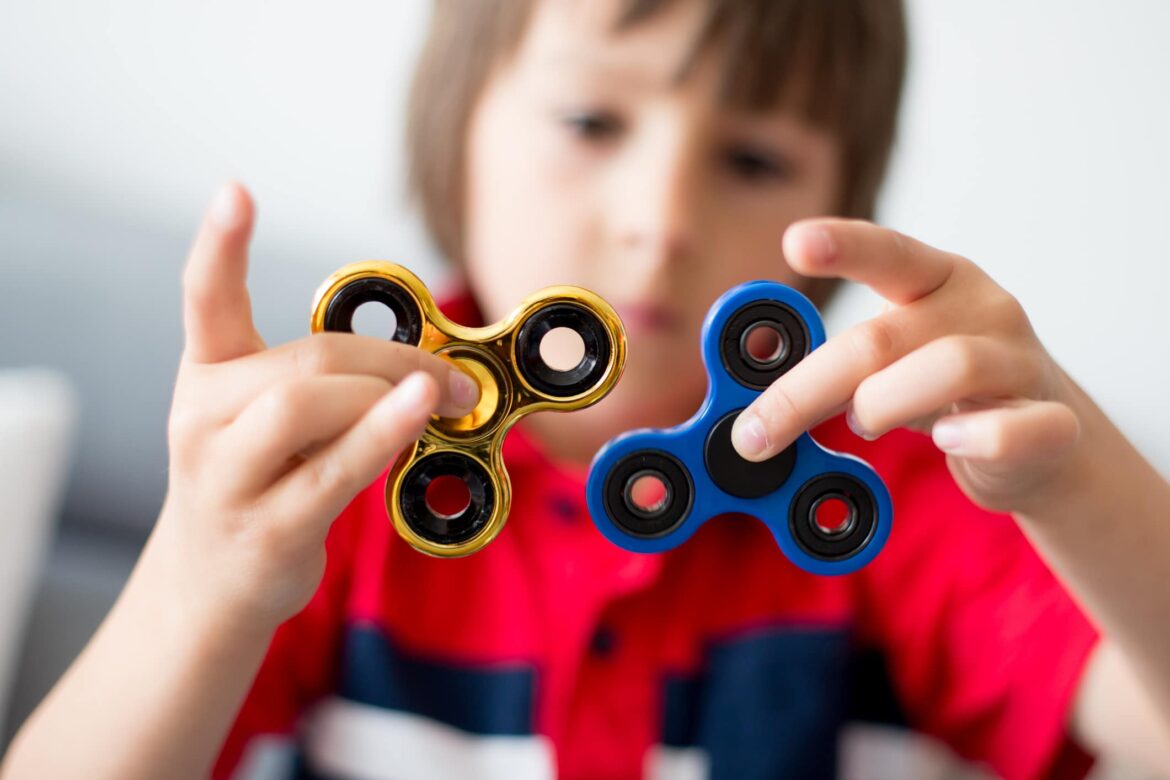1.3K
The hype about fidget spinners is long over – it peaked in 2017 – but the little spinning toys are still popular. We explain what it is all about and why it has long been part of the standard assortment in every child’s room.
The Fidget Spinner was named the “Must-Have Office Toy 2017” by the well-known business magazine Forbes.
- In the USA the small anti-stress toy is used for therapeutic purposes, in Germany you will see it in the break yards of all schoolyards or in offices.
- The Fidget Spinner is especially popular when working with children who suffer from neurobiological disorders such as attention deficit disorder, hyperactivity disorder or autism. Even without a disorder, the toy can have a calming and distracting effect.
- The most common is the so-called tri-bar spinner, which looks a bit like a ninja star. However, you can also get the anti-stress toy in other variants, such as the dual-bar spinner.
- Originally, the Fidget Spinner was mainly made of plastic, but now you can get the gadget in a wide variety of quality variants and price ranges. You have the choice from plastic to metal to wood. The price range is between around 3 and 50 euros.
What can the Fidget Spinner do?
- A Fidget Spinner weighs only a few grams and fits comfortably in the hand.
- There is a ball bearing in the middle of the toy that you hold between your thumb and index finger. If you set it in motion with enough momentum, the gadget will spin by itself in your hand for some time. If you can’t get the spinner to move with enough momentum, try using your middle finger instead of your index finger.
- Once you’ve developed a feel for the calming toy, it’s time for little tricks with the Fidget Spinner.
- For example, throw the gadget in the air and catch it again or switch the spinner from one hand to the other. The Fidget Spinner must keep spinning, of course.

